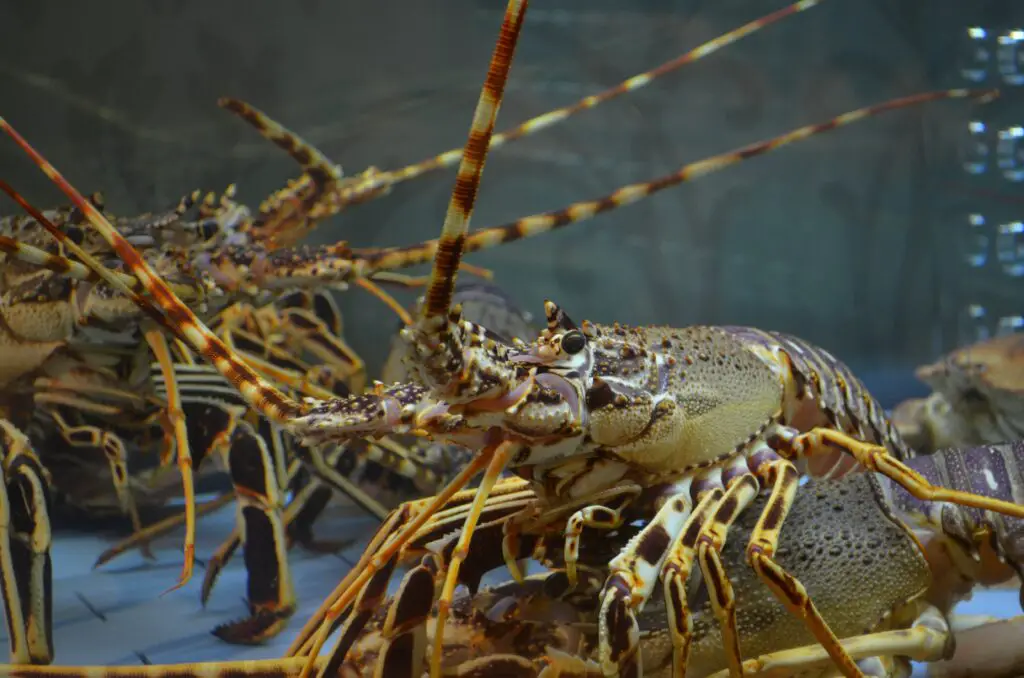Lobsters are fascinating creatures known for their unique appearance and delicious taste. One interesting aspect of lobsters is their blood, which is often a subject of curiosity. So, what color is lobster blood? Let’s explore this question in depth.

To begin with, it’s important to note that lobster blood is not red like human blood. Instead, lobster blood, also known as hemolymph, is colorless or clear when it is in its natural state. This is because lobsters, along with other crustaceans, have a different type of circulatory system compared to mammals, such as humans.
Unlike mammals, which have a closed circulatory system with blood vessels that carry blood throughout the body, lobsters have an open circulatory system. In an open circulatory system, the hemolymph is not enclosed in vessels but rather flows freely through the body cavity, bathing the organs directly. This hemolymph, which serves as both blood and a respiratory fluid, is pumped by the lobster’s heart and circulates throughout the body, delivering oxygen and nutrients to the tissues and organs.
The colorless or clear appearance of lobster blood can be attributed to the fact that it lacks hemoglobin, the protein responsible for carrying oxygen in the blood of mammals. Hemoglobin is iron-based and gives human blood its red color when it binds with oxygen. However, lobsters do not rely on hemoglobin to transport oxygen in their hemolymph. Instead, their hemolymph contains a copper-based molecule called hemocyanin, which performs a similar function of oxygen transport. Hemocyanin turns blue when it is oxygenated, and this can sometimes give the appearance of blue blood in lobsters.
So, if lobster blood is colorless or clear, why do lobsters sometimes appear to have “blue blood”? The answer lies in the chemistry of hemocyanin. When lobsters are in their natural state, their hemolymph is colorless or clear. However, when hemocyanin comes into contact with oxygen, such as when the lobster is injured or stressed, it can turn blue. This is because hemocyanin contains copper ions that bind with oxygen, causing a chemical reaction that changes its color from colorless to blue. This phenomenon is similar to how iron in hemoglobin binds with oxygen and gives human blood its red color. However, it’s important to note that the blue color of lobster blood is not the same as the red color of human blood, and it only appears blue when it comes into contact with oxygen.
It’s also worth mentioning that the “blue blood” of lobsters is not always visible. In fact, lobsters are typically quite resilient creatures, and their hemolymph remains colorless or clear under normal circumstances. The blue coloration of lobster blood is typically seen when lobsters are injured, stressed, or harvested for food. For example, when a lobster is caught and brought to the surface, the sudden change in pressure and exposure to air can cause the hemocyanin in its hemolymph to turn blue, giving the appearance of “blue blood.” However, this change in color does not affect the lobster’s health or well-being.
It’s also worth noting that not all lobsters have blue blood. While most species of lobsters have blue blood due to the presence of hemocyanin, some species, such as the American lobster (Homarus americanus), have clear or colorless blood. This is because the amount of hemocyanin in the hemolymph can vary among lobster species, and some species have lower levels of hemocyanin or do not have it at all. However, even in species with clear or colorless blood, the hemolymph can still turn blue when it comes into contact with oxygen, just